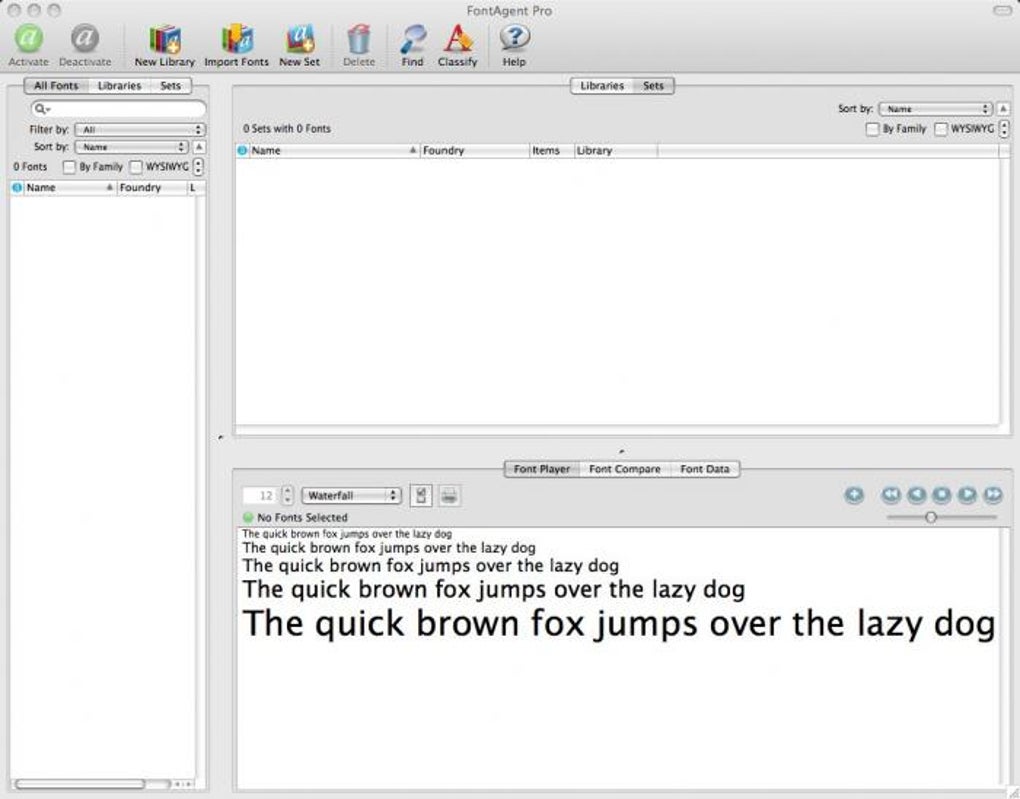

If that happens, you may want to scroll through the page previews, choose the pages you really need, then type specific page numbers into the Pages fields. You may be printing more than you expect, because some OpenType fonts have a tremendous number of glyphs.

Just under the page preview, note the number of pages you’re about to print. Set options for the report type you’ve chosen, such as Show Family and Sample Size for the Catalog report type (to cluster your fonts into their logical typeface families) Glyph Size for the Repertoire report type, and Show Font Details such as Kind, Manufacturer, Version, Designer, and so forth, for the Waterfall report type. With Font Book selected in the Print Options pop-up menu, choose one of the three types of reports from the Report Type pop-up menu. To select a group of fonts in a row, select the first one and then hold down the Shift key while clicking on the final font you want.Ĭhoose File -> Print and, if necessary, click on the triangle next to the name of your printer to see Font Book’s printing options. To select individual fonts to print, hold down the Command key while clicking on each choice. To select all the fonts in a Collection, highlight the name of the Collection and then press Command-A. To select all the fonts press Command-A or Edit -> Select All. Highlight the fonts you want to include from the list of fonts in Font Book.
#Fontagent pro how to#
Here’s how to use Font Book to print type specimen pages:


 0 kommentar(er)
0 kommentar(er)
